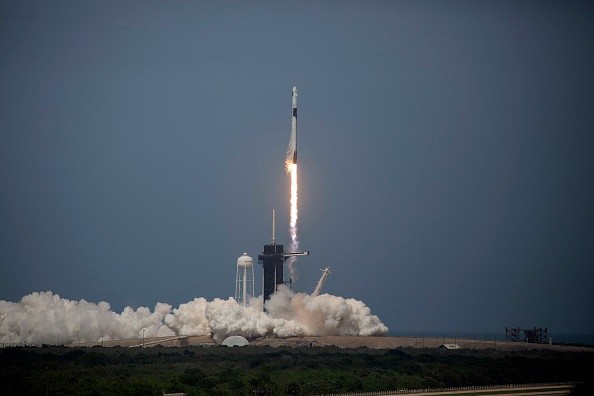NASA (The National Aeronautics and Space Administration) will soon launch its latest Black Brant XII sounding rocket. Experts said that the space agency's aircraft is visible to the naked eye.

If you are one of those people who loves to see amazing spacecraft launches, here's what you need to do and other details you should know.
NASA will launch its rocket off of the Wallops Flight Facility located, which is located in Virginia. If you want to see it, you need to wait until 7:58 p.m. EDT on Friday, May 7. The international space agency confirmed that the upcoming space launch will take around 40 minutes.
Where and How to See NASA's Upcoming Rocket Launch
According to WTRF's latest report, NASA's upcoming Black Brant XII sounding rocket will be visible in the eastern United States this night of May 7.

Also Read : NASA's National Space Council Head Vice President Kamala Harris Steps Up to Lead Moon Mission, and MORE
On the other hand, space experts said you need to look in the southeast direction between 30 and 60 seconds after NASA's launch. Now that you know how to see the Black Brant XII rocket's launch, you can now learn while NASA decided to conduct this space mission.
Boston CBSN reported that the goal of NASA's KiNet-X is to study how momentum and energy are transported between regions of space connected magnetically.
The international space agency expects the study to help scientists better understand things like Auroras. Aside from this, the upcoming rocket launch could also help NASA to know how Auroras are formed and their movement from place to place.
NASA Black Brant XII's Capabilities
NASA's official website stated that the space agency's rocket is a four-stage, solid-propellant-sounding rocket. It consists of a Talos 1st stage, Taurus 2nd stage, Black Brant 3rd stage, and Nihka 4th stage.
On the other hand, the international space company also explained that it can lift around 1000 pounds of cargo at around 500 kilometers altitude. If you want to know more details, all you need to do is click this link.
For more news updates about NASA and its upcoming space launches, always keep your tabs open here at TechTimes.
Related Article : NASA Hubble Space Telescope Catches a Glimpse of a Star Before it Turns into Supernova: It's Different from the Rest of the Stars
This article is owned by TechTimes
Written by: Griffin Davis
ⓒ 2025 TECHTIMES.com All rights reserved. Do not reproduce without permission.




